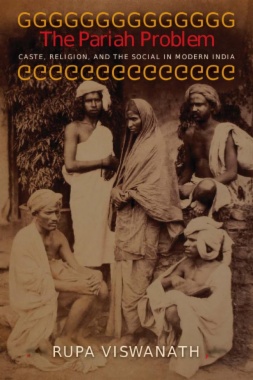How good is the quality of health care in the United States? Is quality improving?
Or is it suffering? While the average person on the street can follow the state of the economy with economic indicators, we do not have a tool that allows us to track trends in health care quality. Beginning in 2003, the Agency for Healthcare Research and Quality (AHRQ) will produce an annual report on the national trends in the quality of health care delivery in the United States. AHRQ commissioned the Institute of Medicine (IOM) to help develop a vision for this report that will allow national and state policy makers, providers, consumers, and the public at large to track trends in health care quality. Envisioning the National Health Care Quality Report offers a framework for health care quality, specific examples of the types of measures that should be included in the report, suggestions on the criteria for selecting measures, as well as advice on reaching the intended audiences. Its recommendations could help the national health care quality report to become a mainstay of our nation's effort to improve health care.
- Cover
- Front Matter
- Executive Summary
- Introduction
- Defining the Contents of the Data Set: The National Health Care Quality Framework
- Selecting Measures for the National Health Care Quality Data Set
- Data Sources for the National Health Care Quality Report
- Designing the National Health Care Quality Report
- Appendix A: Workshop: Envisioning a National Quality Report on Health Care
- Appendix B: Designing a Comprehensive National Report on Effectiveness of Care: Measurement, Data Collection, and Reporting Strategies
- Appendix C: Submissions in Response to the Committee's Call for Measures from the Private Sector
- Appendix D: Selected Approaches to Thinking About the National Health Care Quality Report
- Appendix E: Quality Measure Selection Criteria
- Glossary
- Acronyms and Abbreviations
- Biographical Sketches of Committee Members

